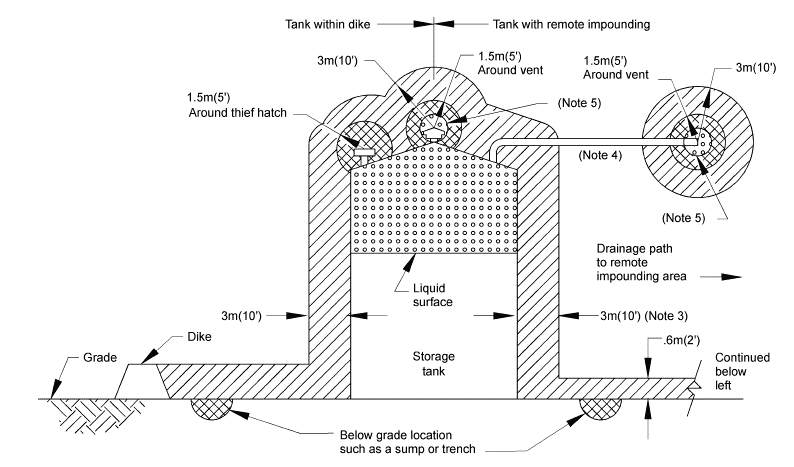I know it's hard to believe nobody in pharma heard of the Valero N2 purge accident covered by the CSB.
Unfortunately, I am here to tell you it is true. In pharma it is not uncommon for operators to sample or add ingredients to a vessel or tank under purge. Of course, it helps that the purge pressures are low, perhaps 5 IWC above atmospheric pressure at best. Unfortunately, a lungful of N2 will probably cause unconsciousness. See "Use Nitrogen Safely," Paul Yanisko, Dennis Croll, Air Products, pg. 44-48, CEP, AIChE, March 2012.
They're not alone. I've seen workers at BP's refinery in Whiting dip level tape into open manways of hot propylene tankcars. It is the only way they can get a measurement they said. When I was at Anheuser-Busch in 80's operators stood on top of agitating fermenters, balancing over open manways to add sacks of nutrients.
So, the question I am asking is this: does anyone have a general practice (GP) for the safe radius around an open manway under purge?
My own approach would be to treat this as a confined space area until my client can establish that the air is breathable. Keep in mind the pharma is usually a batch process. Key operating parameters are established during the maiden run of a product. That's what I am advising: take measurements around the manway and establish if the conditions are safe. If not, then add SCBA, an attendee, personal %O2 monitors, and %O2 monitors. If marginal, then add %O2 monitors, personal %O2 monitors and an attendee. Attendee? Companies will have one operator by himself if they can.
So, what do you think?

